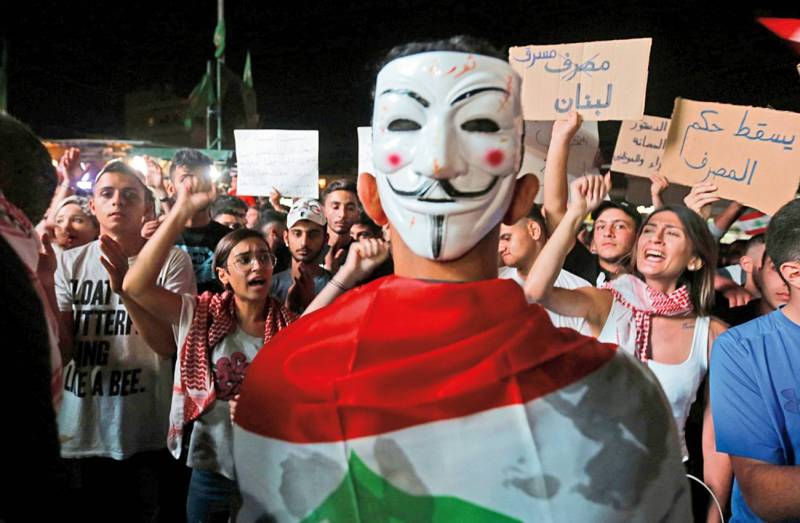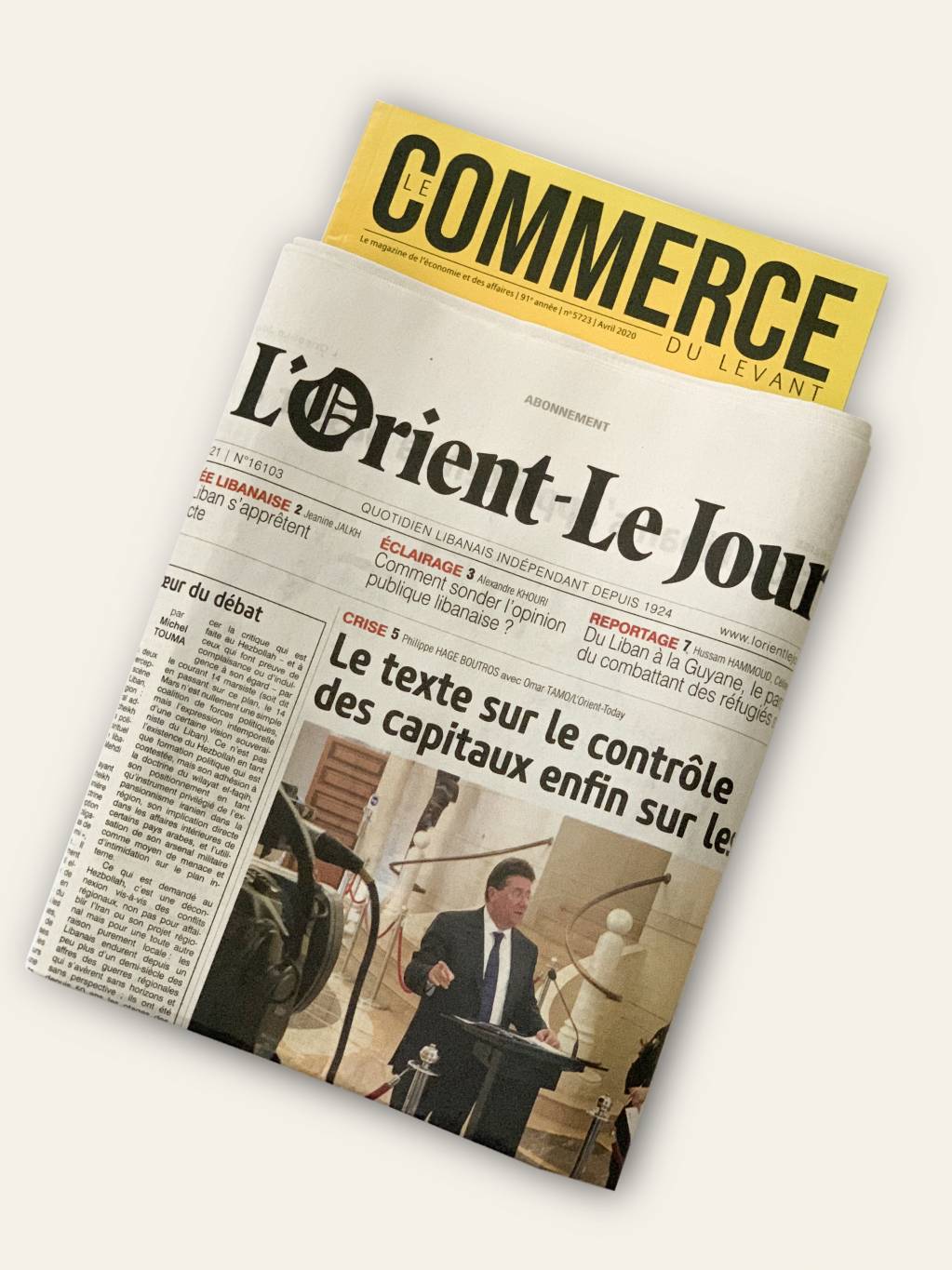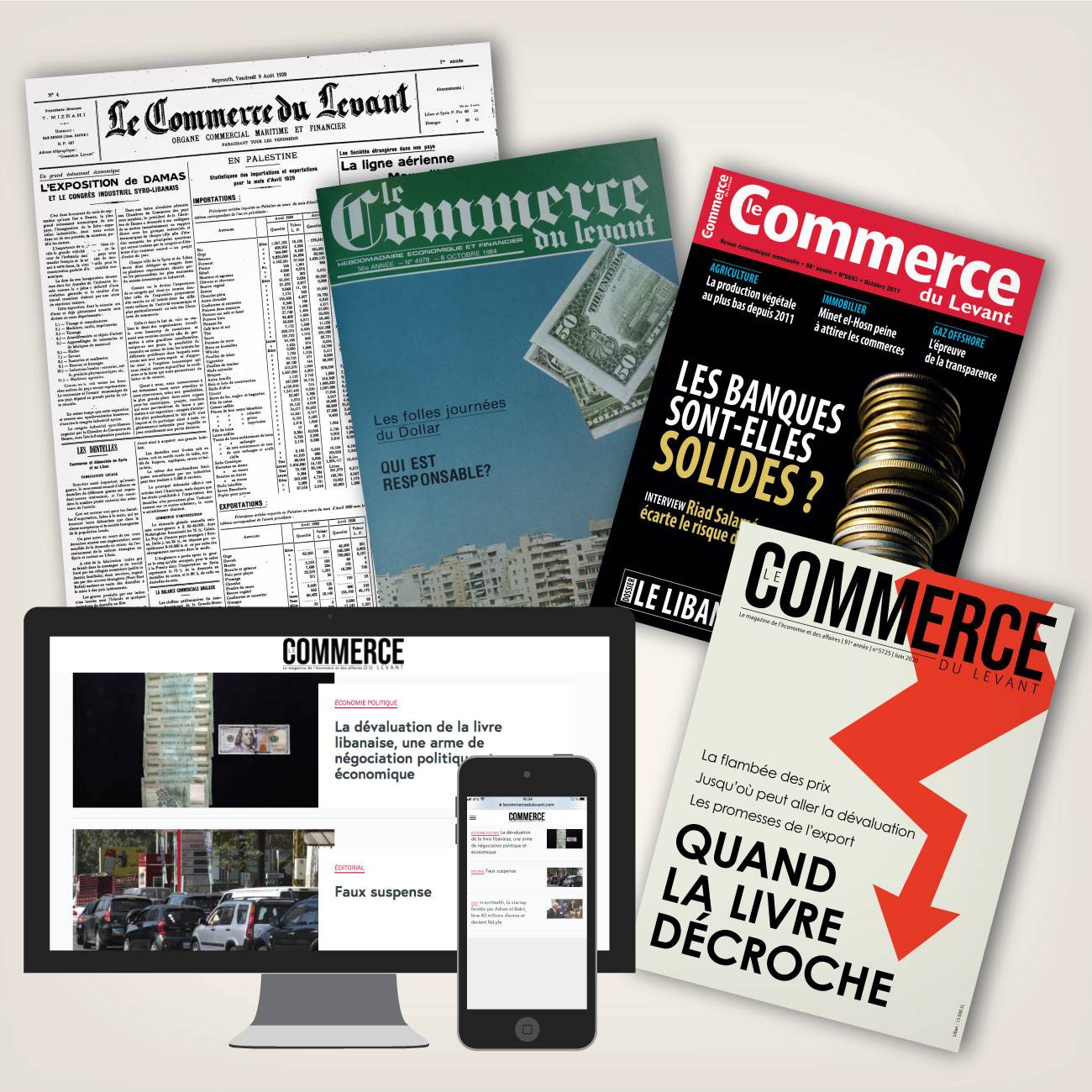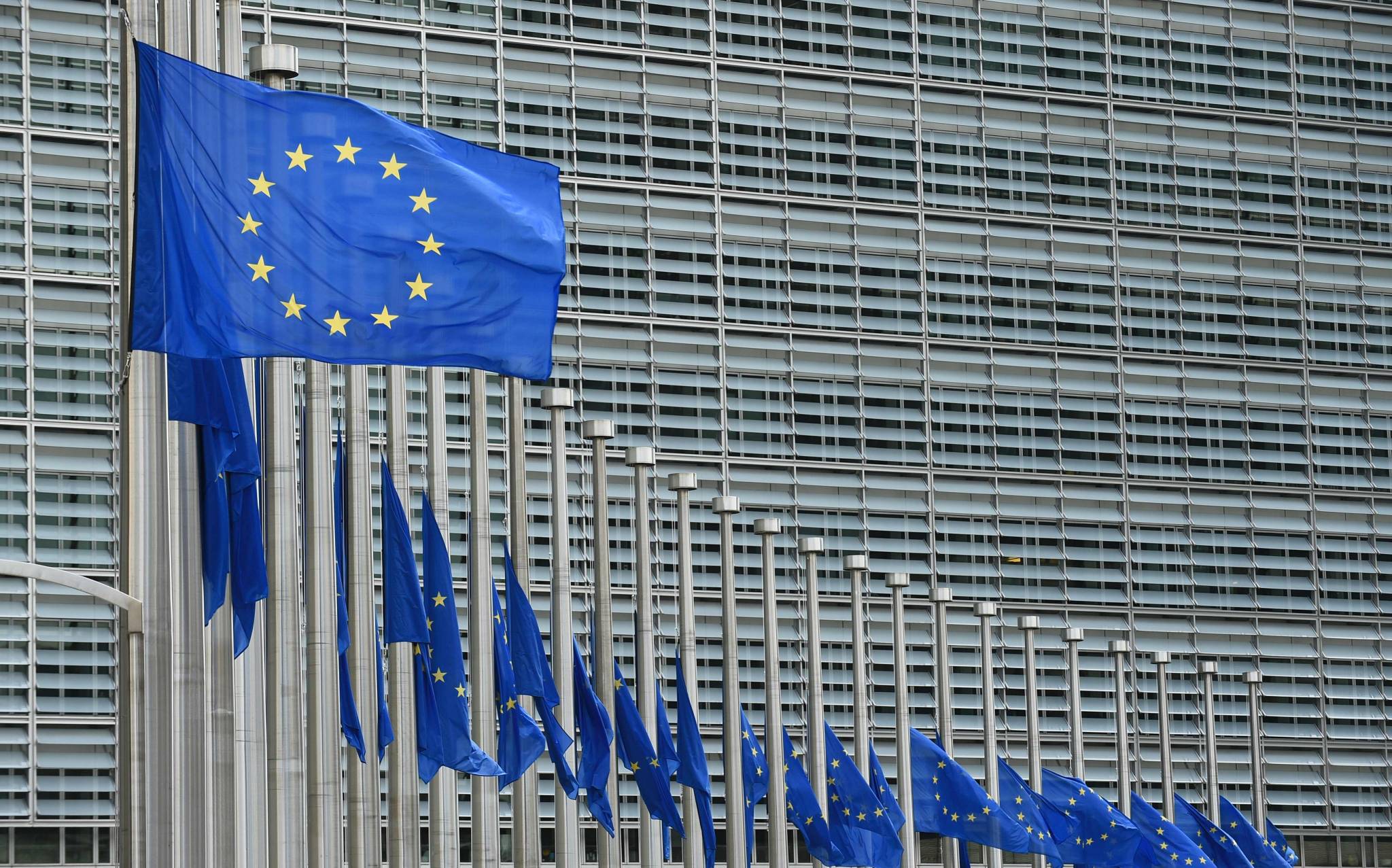The economic and social crisis that launched the October 17 uprising, pushing hundreds of thousands of Lebanese to the streets, is the symptom of a model of development that has never worked.

Forty years ago, sociologist Salim Nasr identified Lebanon’s economic choices as one of the main causes of the civil war in 1975. At the time, inequality, poverty, and immigration were overshadowed by the growth of the Gross Domestic Product (GDP). Yet in 1970, a Financial Times article, referenced in Le Commerce du Levant, was already shedding light on the fragility of an economy that was already fully relying on service provision, and depending on capital inflows, and warning that the “Lebanese Miracle” might lead to disaster.
Fifty years later, Lebanon is still suffering from deep inequalities, poverty, unemployment rates of more than 20% of the active population and 30% of the youth, as per the International Monetary Fund (IMF) estimates, as well as massive immigration. This is all against the background of an economic crisis, with growth outlooks fluctuating between -0.2% and 0.2% for this year. “ What remains constant across the capitalist crises of the 1970s and the current one is the unwillingness and inability of Lebanon’s political elite to resolve it and create a sus- tainable and equitable alternative. The country’s only hope appears to be contention “from below”, wrote researcher Hannes Baumann in “The Causes, Nature, and Effect of the Current crisis of Lebanese capitalism”, published last April.
The Merchant Republic
When Lebanon acquired its independence, this elite chose liberalism and monetary stability, with a strong Lebanese Pound that would privilege merchants, at the expense of the owners of farmland and industrialists, whose nascent entrepreneurial successes, in terms of exports, would have been comforted by trade barriers and a weaker currency.
Based on the "laissez-faire" principle, the “merchant republic” guaranteed Lebanon’s role as country of transit and intermediary between the Europeans and the Arab countries. This choice of a strong currency had also another advantage : it ensured permanent incoming flows of capital from the diaspora, that has started to emigrate in the 19th century. In 1952, the Lebanese Pound was one of the first floating currencies in the world, and one Dollar traded at around 3.5 Lebanese Pounds. Back then, the country had the means to perpetrate its monetary policy, with a stable current and fiscal balance.
The balance of trade was surely at a deficit. Yet, the export of services was witnessing strong growth : Air Liban, Middle East Airlines’ predecessor, was the region’s sole carrier back then, the port of Beirut was becoming a regional hub, engineering companies were expanding abroad, and tourism was booming. And transfers from immigrants were steady.
“The bank of the Arab world”
In its quest to attract more capital, Lebanon adopted a bank secrecy law in 1956. Its author, Raymond Eddé, explained to Commerce du Levant that the aim was to make Lebanon “the bank of the Arab world”, but also to “prevent Lebanese capitals from emigrating and fleeing inheritance transfer taxes”.
This call for tax avoidance reveals how the political elite of the time viewed the role of the State, as an entity that should do as little as possible. Specially that fiscal orthodoxy was needed to preserve the Lebanese Pound’s value. “Gladly in our country, we do not expose the value of the currency, and land, to the risk of a state failure ”, wrote at that time Michel Chiha, a banker considered as the father of Lebanese liberalism. “It is better for the State to get into as little debts as possible. (...) To live and be able to last, Lebanon decided to stand against the legislative and fiscal disease of the West.”
Thus, the Lebanese model distinguished itself from European style capitalism, in which the State is a tool to modernize the economic system and reduce inequalities.
Structural inequalities
But this all came at a very high social cost. “By the early 1970s, the crisis of Lebanese capitalism was not one of insufficient economic growth but entrenched structural inequality”, noted Hannes Baumann.
The lack of government investments, especially in education and infrastructure, as well as the absence of a development policy, with the exception of a short interlude during Fouad Chehab’s rule, were among the causes of a massive rural exodus in the late 1960s.
A “poverty belt” was established at the gates of the capital. Meanwhile in Beirut, traders and bank owners thrived, living of capital inflows coming from rich families in Syria, Egypt and Palestine that was fleeing nationalism, then from the Gulf countries, following the first oil crisis in 1971.
That year, for the first time, the banking sector’s deposit volumes surpassed the nation’s GDP, explain Albert Dagher, economy head of economics department at the Lebanese University, in his book on “La crise de la monnaie libanaise (1983-1989)”. But prices surged with this capital inflow, and yearly inflation rates exceeded 9% between 1970 and 1975. “The capital inflow was one of the factors responsible for the social crisis, which soon led to a political one. With the adoption of the logic of confrontation, the country set the right context for a civil war ”, wrote economist Albert Dagher.
The State collapses
Thanks to reserves accumulated during that period, flaring oil prices, and still favorable political outlooks, the local currency and economy managed to weather the first years of conflict.
However, chaos prevailed in 1983 and would continue as the war dragged on, to such an extent that the State collapsed, capitals fled the country, and the Lebanese Pound started its fall into the abyss. The exchange rate of the currency crumbled, one Dollar was worth 4.5 Lebanese Pounds in 1982 and 500 Lebanese Pounds in 1988. This episode allowed speculators, including the militias, to accumulate wealth. Yet, it was traumatic for Lebanese people, whose savings were depleted and purchasing power diminished.
As concerns over the stability of the Lebanese Pound continued, the economy was dollarized, and this trend soon became institutionalized.
When war ended, the economy and public finances were dried out. Militia heads and different community representatives came to rule thanks to the Taef Agreement, which instituted a division of power on a confessional basis, creating a state of mutual paralysis between the “troïka” members – the President of the Republic, the Prime Minister, and the Speaker of Parliament.
Rafic Hariri: the savior of the Lebanese Pound
War lords were then joined by the extremely wealthy businessman Rafic Hariri, who came to power in troubled circumstances. While the Lebanese Pound had been stabilized at around 800 Lebanese Pounds to one US Dollar, it fell prey to an unprecedented attack by speculators in 1992, which made it sink to more than 2,800 Lebanese Pounds per US Dollar. Many observers presume that it was the result of deliberate manipulation.
Anyhow, Rafic Hariri imposed himself as the only man capable of restoring confidence in the economy, thanks to his fortune and international connections. Indeed, his nomination as Prime Minister was followed by an appreciation of the Lebanese Pound, and its stabilization at around 1,800 Lebanese Pounds per US Dollar.
Breaking with sound budgetary policy, the new political elite view the State as a tool to impose their legitimacy. Later on, Rafic Hariri admitted that he “bought civil peace” thanks to public expenses that were channeled toward institutions, such as the Council for Development and Reconstruction, the Fund for the Displaced, and the South Fund, skillfully distributed across confessional lines, and institutionalized corruption.
“Clientelism had been present even before 1975, and politicians were already indulging in favoritism and bureaucratic corruption, which took the form of a supplier-customer relationship, but [this] gained strength with the dismantling of the State during the civil war”, explained Sarah Hariri Haykal in her thesis on the emergence of corruption norms in Lebanon, published in 2011.
Social services and recruitment into the civil service became a tool for community leaders to strengthen their electoral base, while reconstruction projects were handed to private companies that were close to the leadership.
The Stabilization of the Lebanese Pound
In order to finance this machine, “Rafic Hariri set a tripartite agreement between the government, [the] banks, and Banque du Liban, according to which banks committed to finance the government debt regardless its amount, in exchange for hefty interest rates. Later on, this agreement evolved, and allowed the use of bank deposits for the purpose of stabilizing the Lebanese Pound, through the reinforcement of foreign reserves at Banque du Liban”, wrote Ghassan Ayache, Banque du Liban vice-governor from 1991 to 1993, in his diaries.
To continue attracting capital despite the deteriorating economic situation in the country, BDL committed to stabilizing the Lebanese currency at around 1,500 Lebanese Pounds per one Dollar in 1998. This commitment was closely linked to the government decision to raise debts in Dollars, although this measure was presented as a way of reducing debt servicing.
The issuance of Eurobonds at relatively high rates, although inferior to those of Treasury Bonds denominated in Lebanese Pounds, allowed banks to offer interesting remunerations on Dollar deposits, and thus to attract funds from abroad. Those funds also allowed the central bank to grow its foreign currency reserves and reassure depositors on its ability to defend the Pound. “This mechanism was useful in the first few years, providing that it was coupled with serious efforts to reduce [the] public deficit,” continued Ghassan Ayache. “The Pound’s stability cannot solely rely on BDL reserves that themselves rely on bank deposits.”
Maintaining currency stability for twenty years came at a very high cost for the economy and public finances. “Between 1993 and 2018, public debt was multiplied by 28, while the GDP was only multiplied by 9 in the same period, while the public debt share to the GDP grew from 50% to 155%”, Ghassan Ayache added.
The cost of stabilization
High interest rates also hampered investment in productive sectors, at a time when in the sectors were in dire need following 15 years of war. This was particularly true after Lebanon lost its role as a transit and intermediary country, so there was a need to find new growth engines. But the authorities were only interested in two sectors, in which the political class has heavily invested : real estate and banks. These rent-seeking activities were more profitable than any other forms of investment, in light of a very favorable fiscal framework.
Meanwhile, public deficits kept on accumulating due to corruption, wage inflation, and the debt surge. All of these factors were feeding the increase of consumption. But the latter was directed towards imports, which prices were more competitive than those of local products because of the overvaluation of the exchange rate. The growth of imports, encouraged by an aggressive trade liberalization policy, was adding to the balance of trade deficit.
Instead of tackling the twin deficit, fiscal and current, which revealed tangible economy imbalances that would normally reflect on the currency value, public policies were solely aimed at attracting even more capital, at all costs, to allow BDL to maintain the currency exchange rate and finance public debt.
According to Mckinsey estimates, Lebanon had attracted about 94 billion dollars of capital between 2005 and 2015. 70% of this money (72 billion dollars) was used to buy real estate and mostly imported consumer products. Around 22 billion dollars were placed in banks, mainly to finance the State. According to McKinsey, 36% of the money allocated in budgets since 1992 has been used for debt repayment, 58% for salaries and other current expenditures, with just 7% for investments. “The golden rule in public finances is to cover current expenditures with revenue, and take on debt to finance investments,” explained Ghassan Ayache. “This way, future generations will not have to pay this generation’s expenses. In Lebanon however, the exact opposite happened. The State took on an extraordinary amount of debt, enriching the political class, only to finance salaries, debt servicing, and the EDL deficit.”
Instead of tackling clientelism and corruption, starting unpopular reforms, and reducing debt servicing in light of a growing fiscal deficit, the government halted public investments, including in essential sectors such as electricity, roads, water, or education.
Loss of competitiveness
The degradation of infrastructure and public services, and the failing governance system, illustrated by weak legislative productivity, had a great impact on the economy’s global competitiveness.
The greatest damage was done to productive sectors that were most likely to create jobs. As a result, there was an increase in unemployment and in the number of people seeking to emigrate.
During the last 40 years, the per capita GDP has only grown by 30% in Lebanon, in comparison with an average rise of 120% throughout the rest of the world. Even tourism, one of the main sector of the national economy, suffered from the environmental degradation, that served the interests of a predatory ruling class.
"Behind the veil of confessionalism, the political elite used the public sector to advance and protect the interests of their constituencies in order to secure their allegiance while political influence and wealth became concentrated in the hands of a few families”, wrote the World Bank in a report published in 2015. "The post-war confessional governance system developed into a pervasive elite capture and patronage system", a system that thousands of Lebanese wants now to get rid off.
This article was originally published in French.







